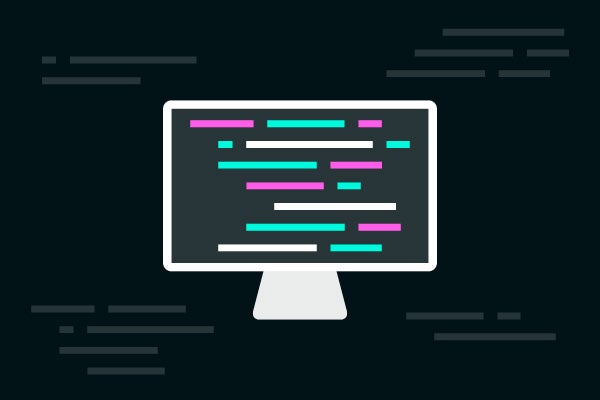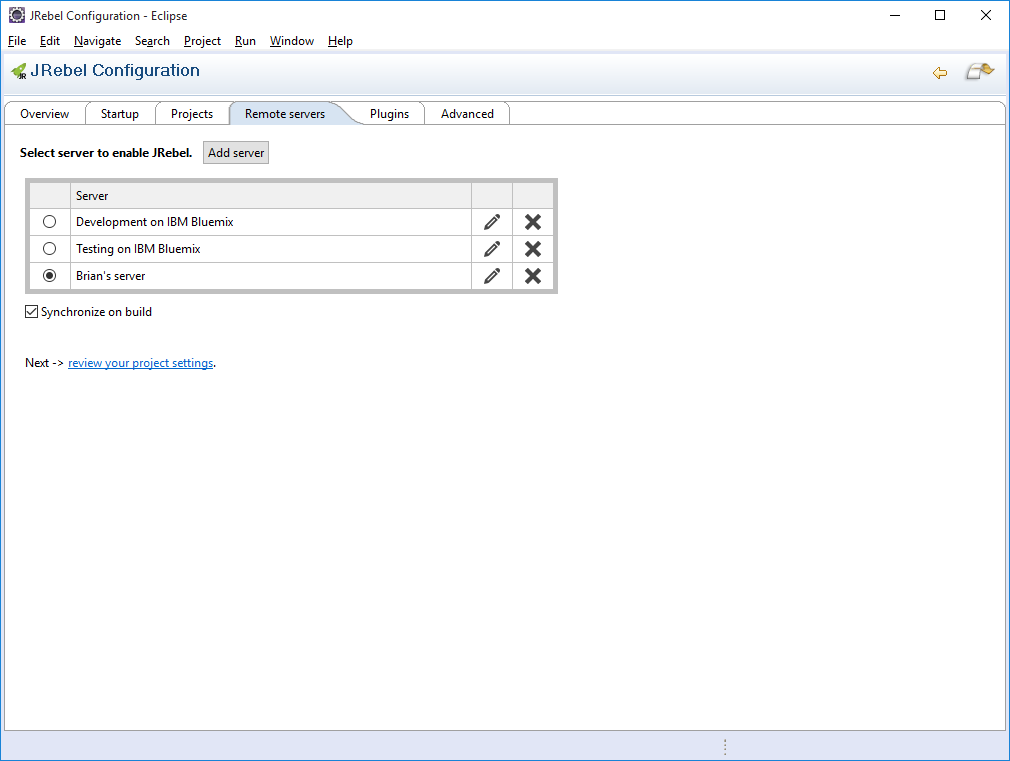


Since I have included the necessary rebel.xml files in the repository, there should be no extra configuration needed.
#Jrebel price free
Note that the port here is 8081 because port 8080 was already taken by the StockTicker service and -autobindhttp incremented to find the next free port. You can also view the output in a browser: The StockTicker service will start logging the Stock objects it is generating and the StockWeb service will start logging each time it receives a new Stock event: You should see Payara Micro boot and deploy in both terminals. StockWeb /target /StockWeb - 1.0 -SNAPSHOT -microbundle. StockTicker /target /StockTicker - 1.0 -SNAPSHOT -microbundle. 2 /config /plugins /jr -ide -idea /lib /jrebel6 /lib /libjrebel64. Selecting “GlassFish 2.x, 3.x and 4.x” will output the path as a convenient JVM option. This can be found from the “JRebel > Startup” configuration. Since the example uses Payara Micro Uber JARs, we need to know the path to librebel64.so (for a 64-bit JVM). Here are the steps to get this set up in your own environment:įollow the appropriate JRebel Quickstart steps to get the JRebel agent installed and set up – either standalone or in your IDE. If you want to see my example for yourself, I’ve checked in a Java EE 7 version of my demo in to GitHub, with rebel.xml files already generated. To really get an idea of how useful JRebel can be when developing microservices, it really needs to be experienced. For a single server, there is a -nocluster option to disable this but a major part of my demo is to show off the CDI Event Bus, whereby CDI events can be pushed over the network to be handled by other JVMs in the same cluster. This comes with an unavoidable startup cost because of the need for discovery of other cluster members. Payara Micro uses Hazelcast for automatic clustering. What this meant for my development process was that I needed to start Microservices A and B – wait for them to initialise, and then start a second instance of Microservice A to show that the singleton bean would only run on one instance. My demo had just two microservices, though part of that demo was intended to demonstrate an early implementation of a clustered singleton bean. Starting multiple instances on the same machine Even with very lightweight demo apps, the pain of a couple of seconds to rebuild, followed by another couple of seconds to start is made much worse when several dependent services are involved!įor Payara Micro, there are a few ways this can result in time wasted: Now, using the Maven plugin made such a difference, I thought this was as good as it gets! Build a project in a couple of seconds and start it in a couple more – how much faster could it possibly get?Įven though the use of the new plugin had managed to get rid of a huge amount of time wasted during build, developing my JavaOne demo allowed me to experience some more “real world” pain of rapid minor changes with an application spread over a couple of microservices. I had found this to be so time consuming in the past, that I never bothered during development. Previously, if you wanted a single deployment unit, you would need to use the Maven Exec plugin to launch Payara during the build and output an Uber JAR. One thing that I was very keen to demonstrate – aside from some nice new features in Java EE 8 – was how quick and easy it is to develop and build MicroServices packaged as Uber JARs with our new Payara Micro Maven plugin. Way back at the start of October, I was feeling the familiar sensation of panic and dread that only happens right before I need to give a presentation that includes a demo! In the end, there were major problems with the AV setup in the room I was allocated, so even arriving as early I could to set up didn’t give the techs enough time to hook up my laptop successfully. Sources of the patches are available here.Just recently, I have had to admit being wrong. The light version supports fewer features, but it is still more advanced than the default OpenJDK redefinition functionality, and it is easier to keep in sync with the OpenJDK HotSpot. Thus, it is supported for fewer versions of OpenJDK.
#Jrebel price full version
The full version supports more features (for example, it supports the removal of superclasses), but it is harder to maintain. Old full version (with parent class modification support): Java 11 with integrated hotswap-agent.jar, including full jdk package.The purpose of the project is to maintain enhanced class redefinition functionality for OpenJDK HotSpot 7/8/9/10/11 and Oracle JVM. This project is a fork of original DCEVM project. DCEVM | Enhanced class redefinition for Java DCEVM Enhanced class redefinition for Java Download.


 0 kommentar(er)
0 kommentar(er)
